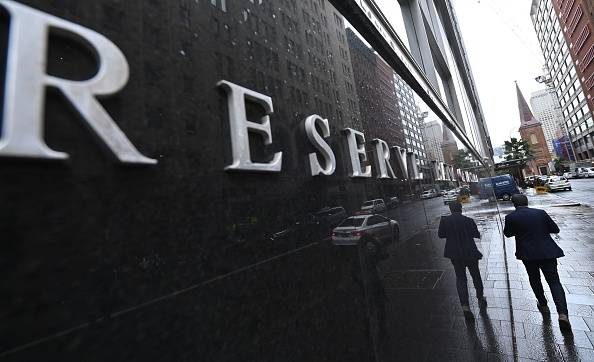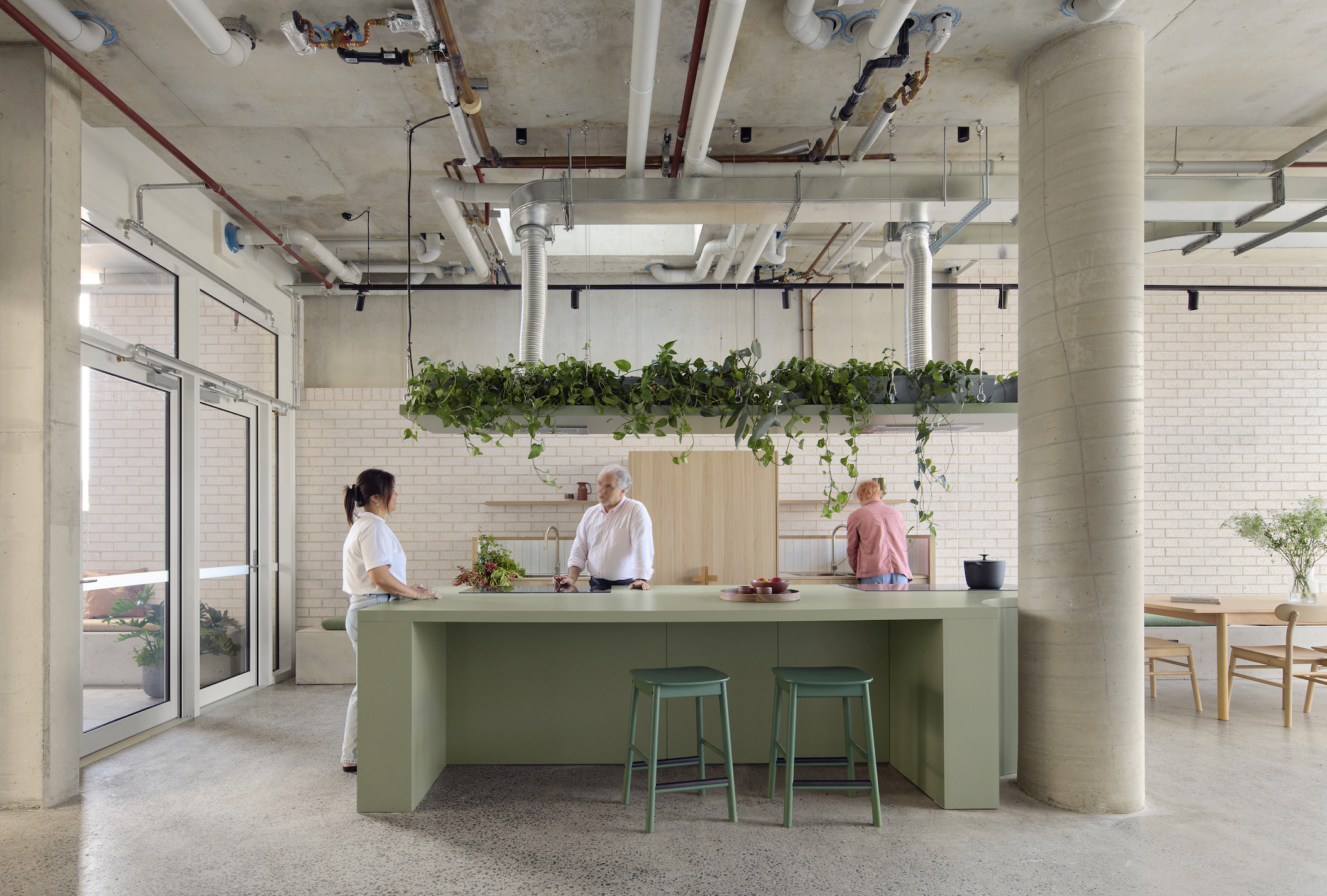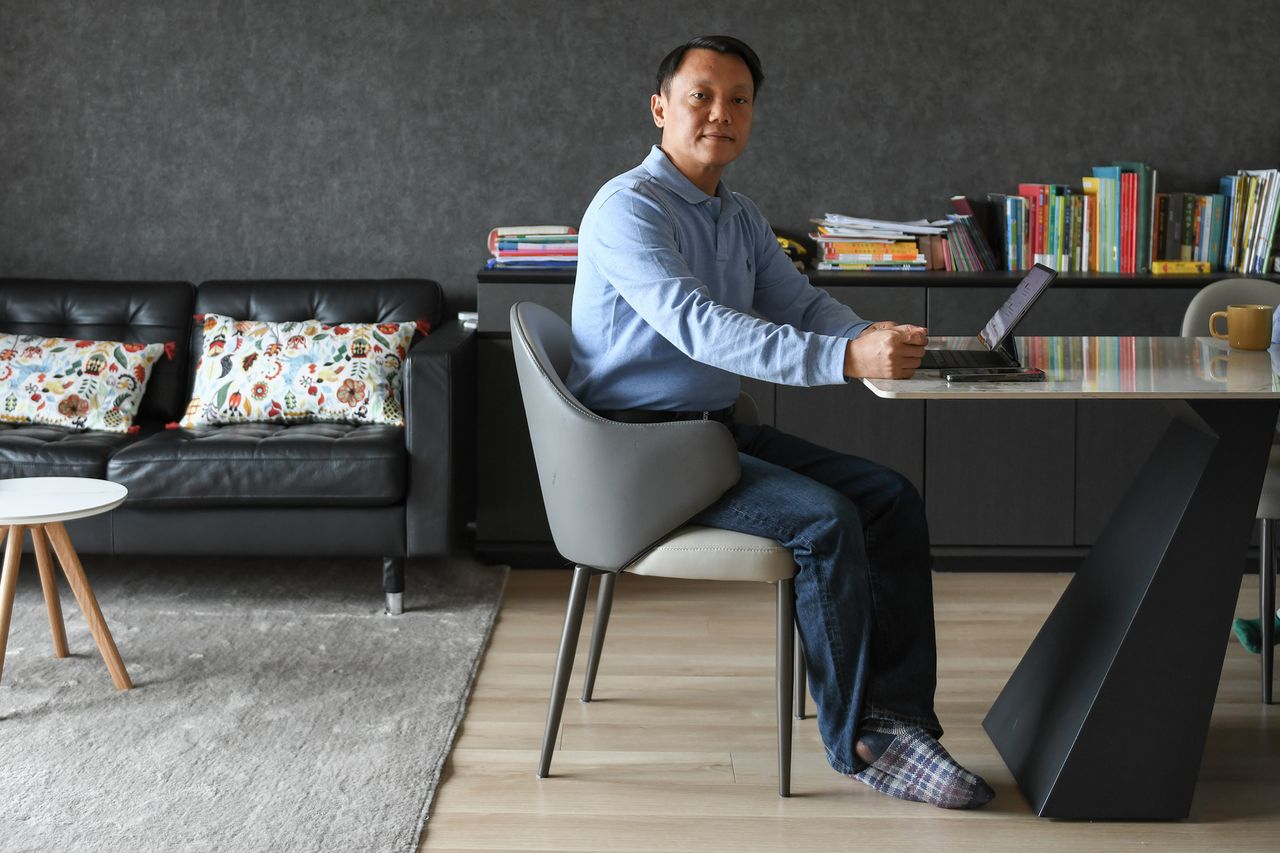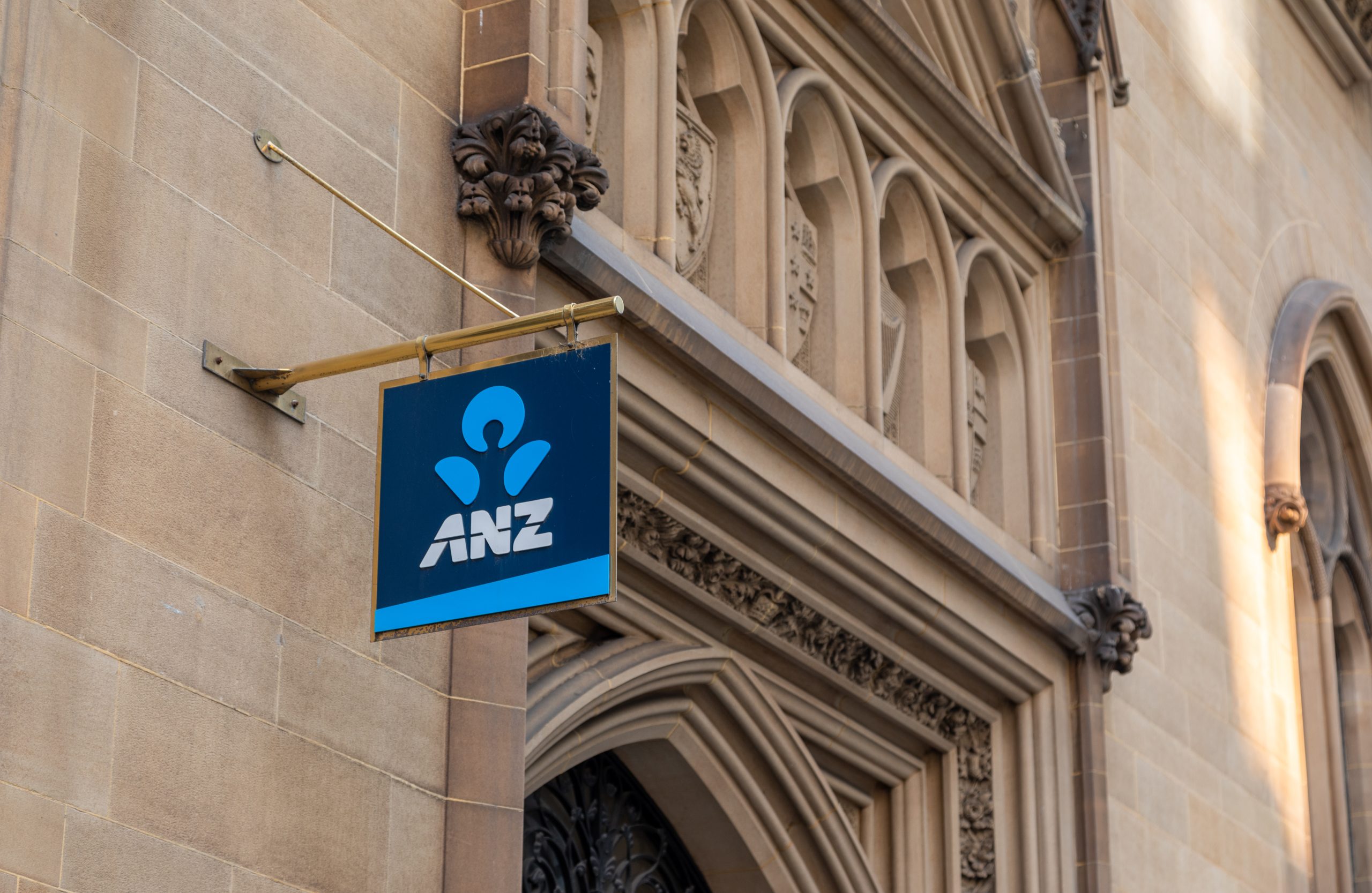Australians brace for another rate rise ahead of RBA meeting today
Amid looming rate rises, there are reasons to be cheerful as mortgage holders head into 2023
Mortgage holders should brace themselves for more pain as the Reserve Bank of Australia board prepares to meet this afternoon for the first time this year.
Most economists and the major banks are predicting a rise of 25 basis points will be announced, although the Commonwealth Bank suggested yesterday that the RBA may take the unusual step of a 40 basis point rise to bring the interest rate up to a more conventional 3.5 percent. This could present the RBA with the chance to put further rate rises on hold for the next few months as it assesses the impact of tightening monetary policy on the economy.
The decision by the RBA board to make consecutive rate rises since April last year is an attempt to wrestle inflation down to a more manageable 3 or 4 percent. The Australian Bureau of Statistics reports that the inflation rate rose to 7.8 percent over the 2022 December quarter, the highest it has been since 1990, reflected in higher prices for food, fuel and construction.
Higher interest rates have coincided with falling home values, which Ray White chief economist Nerida Conisbee says are down 6.1 percent in capital cities since peaking in March 2022. The pain has been greatest in Sydney, where prices have dropped 10.8 percent since February last year. Melbourne and Canberra recorded similar, albeit smaller falls, while capitals like Adelaide, which saw property prices fall 1.8 percent, are less affected.

Although prices may continue to decline, Ms Conisbee (below) said there are signs the pace is slowing and that inflation has peaked.
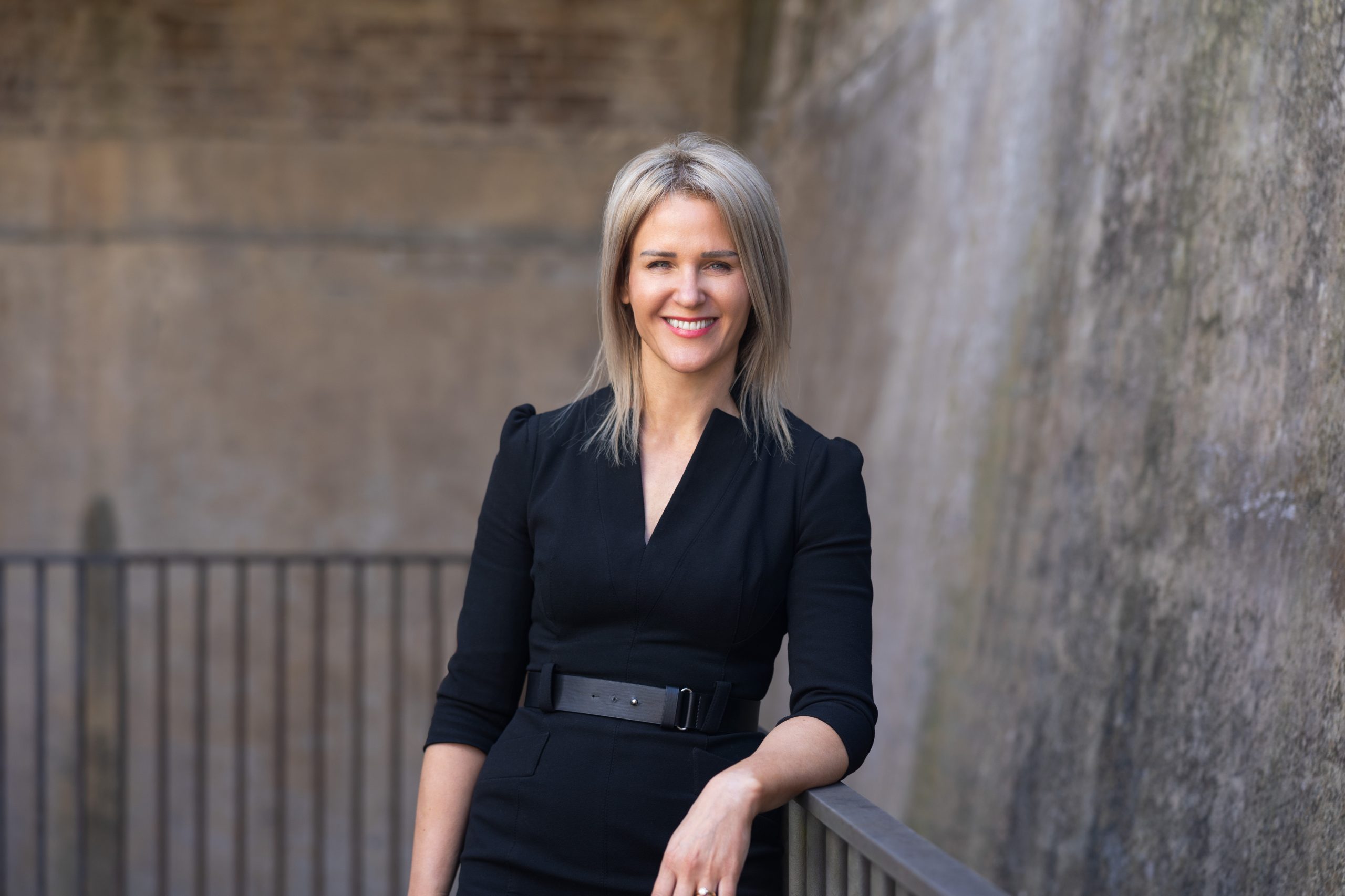
“December inflation came in at 7.8 per cent with construction, travel and electricity costs being the biggest drivers. It is likely that we are now at peak,” Ms Conisbee said.
“Many of the drivers of high prices are starting to be resolved. Shipping costs are now down almost 90 per cent from their October 2021 peak (as measured by the Baltic Dry Index), while crude oil prices have almost halved from March 2022. China is back open and international migration has started up again.
“Even construction costs look like they are close to plateau. Importantly, US inflation has pulled back from its peak of 9.1 per cent in June to 6.5 per cent in December, with many of the drivers of inflation in this country similar to Australia.”
This stylish family home combines a classic palette and finishes with a flexible floorplan
Just 55 minutes from Sydney, make this your creative getaway located in the majestic Hawkesbury region.
Savvy high net worth players from Australia and Asia are getting on board as the residential landscape shifts
Build-to-rent (BTR) residential property has emerged as one of the key sectors of interest among institutional and private high-net-worth investors across the Asia-Pacific region, according to a new report from CBRE. In a survey of 500 investors, BTR recorded the strongest uptick in interest, particularly among investors targeting value-added strategies to achieve double-digit returns.
CBRE said the residential investment sector is set to attract more capital this year, with investors in Japan, Australia and mainland China the primary markets of focus for BTR development. BTR is different from regular apartment developments because the developer or investor–owner retains the entire building for long-term rental income. Knight Frank forecasts that by 2030, about 55,000 dedicated BTR apartments will have been completed in Australia.
Knight Frank says BTR is a proven model in overseas markets and Australia is now following suit.
“Investors are gravitating toward the residential sector because of the perception that it offers the ability to adjust rental income streams more quickly than other sectors in response to high inflation,” Knight Frank explained in a BTR report published in September 2023.
The report shows Melbourne has the most BTR apartments under construction, followed by Sydney. Most of them are one and two-bedroom apartments. The BTR sector is also growing in Canberra and Perth where land costs less and apartment rental yields are among the highest in the country at 5.1 percent and 6.1 percent, respectively, according to the latest CoreLogic data.
In BTR developments, there is typically a strong lifestyle emphasis to encourage renters to stay as long as possible. Developments often have proactive maintenance programs, concierges, add-on cleaning services for tenants, and amenities such as a gym, pool, yoga room, cinema, communal working spaces and outdoor barbecue and dining areas.
Some blocks allow tenants to switch apartments as their space needs change, many are pet-friendly and some even run social events for residents. However, such amenities and services can result in BTR properties being expensive to rent. Some developers and investors have been given subsidies to reserve a portion of BTR apartments as ‘affordable homes’ for local essential services workers.
Ray White chief economist Nerida Conisbee says Australian BTR is a long way behind the United States, where five percent of the country’s rental supply is owned by large companies. She says BTR is Australia’s “best bet” to raise rental supply amid today’s chronic shortage that has seen vacancy rates drop below 1% nationwide and rents skyrocket 40% over the past four years.

Ms Conisbee says 84 percent of Australian rental homes are owned by private landlords, typically mum and dad investors, and nine percent are owned by governments. “With Australia currently in the midst of a rental crisis, the question of who provides rental properties needs to be considered,” Ms Conisbee said. “We have relied heavily on private landlords for almost all our rental properties but we may not be able to so readily in the future.” She points out that large companies can access and manage debt more easily than private landlords when interest rates are high.
The CBRE report shows that Asia-Pacific investors are also interested in other types of residential properties. These include student accommodation, particularly in high migration markets like Australia, and retirement communities in markets with ageing populations, such as Japan and Korea. Most Asia Pacific investors said they intended to increase or keep their real estate allocations the same this year, with more than 50 percent of Australian respondents intending to invest more.
This stylish family home combines a classic palette and finishes with a flexible floorplan
Consumers are going to gravitate toward applications powered by the buzzy new technology, analyst Michael Wolf predicts









